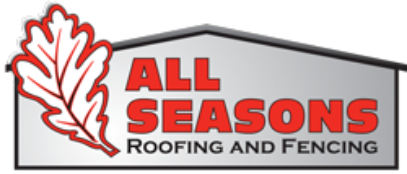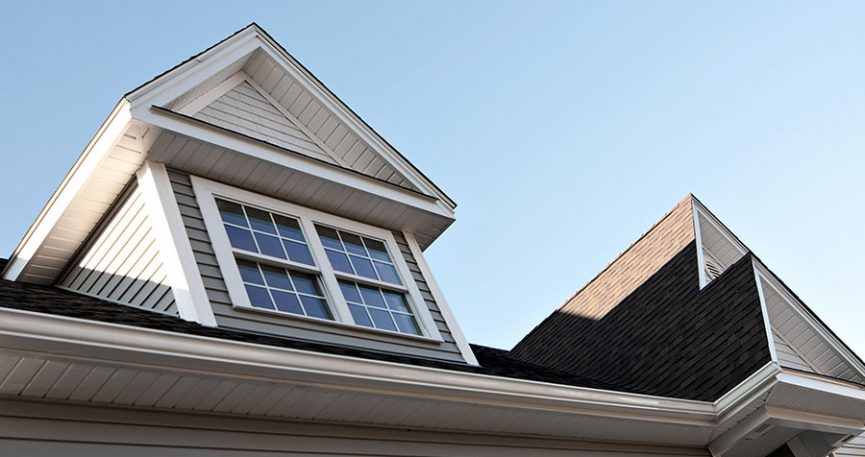It is a good idea to inspect and clean your eavestroughs in the fall and again in the spring. If you happen to live in an established area of Winnipeg and large trees grace your yard your troughs should be cleaned in the fall after the trees have shed their leaves. This will ensure your trough will carry the snowmelt from your roof away from your house. If your trough is full of ice and frozen leaves the melt water has nowhere to go but to overflow over the edge of the trough and drip around your house. Remember that when things first heat up in the spring there will likely be ice and frozen snow blocking even an otherwise clean eavestrough. This ice and snow has accumulated and over the winter and will not be melted before the first melt water comes off the roof. A clean trough will unblock within a couple of days of warm weather. A trough full of leaves will drip continuously until they are cleaned. A dripping trough can cause your wood fascia to rot over a long period of time.
Your troughs should be cleaned again in the spring after the first few rainstorms of the season have washed any leaves, twigs and other debris left in the melted snow into the troughs. This will be a light cleaning and will leave your troughs clean and ready for the summer. Once or twice during the summer it is a good idea to check your trough for debris that may have accumulated and may be blocking or slowing the flow of water in the trough. Check first at the downspouts. The trough system is graded (sloped) towards the downspouts. Most debris in the trough system will naturally accumulate there. Cleaning these areas once or twice mid-summer keeps the downspouts free of debris and able to carry water efficiently through the trough system and out the downspout preventing overflow in heavy rains.
A gutter debris cover system ends the need to clean the eavestrough and downspouts. However, the tops of the covers should be kept clean of any accumulated debris on top of the trough blocking the holes which allow water to flow into the trough causing water to run over the trough and drip into the ground. A light sweeping is usually sufficient to remove any leaves, twigs of other light debris that may rest on top of the trough from time to time.

